Proper lighting is essential to ensure the normal growth of all indoor plants. This issue is especially acute for those who decided to grow seedlings. Our tips site will tell you what phytolamps are for plants, what criteria for their selection you need to be guided by.
Determining that your indoor flowers and seedlings lack light is easy:
- Shoots and stems stretch upward, aiming for the Sun.
- Flowers are rare, buds are small. Or the plant stops blooming altogether.
- The leaves also become smaller and pale.
- From below, the leaves fall off, dry, turn yellow.
- The internodes are stretched.
- In plants with variegated, decorative leaves, they turn green over time.
Seeing such changes in your indoor flower or seedlings, you need to take measures – provide illumination with a phytolamp.
A device such as a light meter will help to accurately determine the level of illumination in a room. It measures this indicator in lux. Household plants require the following minimum luminous flux:
- For those who love shade – 700-1000 Lx.
- For shade-tolerant people – 1000-2000 Lx.
- For light-loving people – more than 2500 lux.
Important! These are the minimum figures. For example, when a houseplant is in bloom, it needs a light level of up to 9000 Lx. For young, actively growing seedlings, the light should also be more saturated..
Why phytolamps for plants are special, isn’t ordinary artificial lighting not enough? Not. Plants do not need the entire luminous flux, but a certain spectrum:
- Red waves with a length of 600–720 nm, along with orange ones with a length of 595–620 nm, are necessary for photosynthesis. No way without them!
- Blue and violet light waves with a length of 380–490 nm are also needed for photosynthesis, but first of all, they help plants synthesize protein and grow actively. Blue-violet waves of the spectrum 315-380 nm are needed for the synthesis of vitamins, and the spectrum 280-315 increase cold resistance.
At the same time, light waves of the yellow and green spectrum for plants do not play an important role and may be absent in illumination with phytolamps..
Experts do not recommend using conventional incandescent lamps for plant illumination. They have practically no waves of such a necessary blue spectrum, and if the lamp is installed too close, gray and brown spots may appear on the leaves due to burns.
A more appropriate choice would be:
- Luminescent.
- Mercury.
- Gas discharge.
- Arc lamps for plants.
Luminescent should be chosen with the mark “flora”, they often come in pairs – with a red and blue spectrum. The rest of the options have many disadvantages, experts call them an ineffective choice for growing seedlings and constant illumination. In addition, these types of lamps consume a lot of electricity..
Today the overwhelming majority of phytolamps are LED. LED technologies, as the portal already wrote, have many advantages. It is a very economical and durable light source. But you need to choose LEDs specifically for plants! With a certain spectrum of light radiation.
Such phytolamps have LEDs selected strictly according to the wavelength. Moreover, one device can control the radiation spectrum, which significantly expands the scope and simplifies the dimensions of the backlight.
Important! Experts urge not to disturb the biological rhythm of plants. Turn on phytolamps at 7 am and turn off at about 22 hours so that your flowers and seedlings rest at night, and the daylight hours for them are about 15 hours, no more.
When choosing a phytolamp, you must first of all focus on its size and shape. Where do you have flowers to highlight? There are lamps that are mounted specifically on a window sill or shelf, there are also for placement in a niche. If you have a lot of seedlings, a whole vegetable garden on the windowsill, you will need special LED phytolines that can illuminate a large area.
The power of the device is also important. The optimal indicator is 70 watts per square meter. Moreover, the closer the phytolamp is to the plant, the more useful and effective it will be..
Experts say that indoor plants need lighting in winter. Especially if you decided to grow seedlings of early vegetable crops in February. Therefore, choose modern, economical LED phytolamps, the price of which will be about 2–3 thousand rubles.
Phytolamps for indoor plants and seedlings
Phytolamps provide a complete all-in-one solution for indoor plants and seedlings to access light and grow without the need for natural sunlight. Using LED lights, these lamps can adjust the spectrum and intensity of light to suit a variety of plants, while its slim, sleek design makes it easily placeable on windowsills and other tight spaces. With an adjustable head and double-jointed arm, the lamp can be easily positioned for optimum light access. Their energy efficiency and low cost make them a great long-term solution for those unable to access natural light.
Improvement of the territory

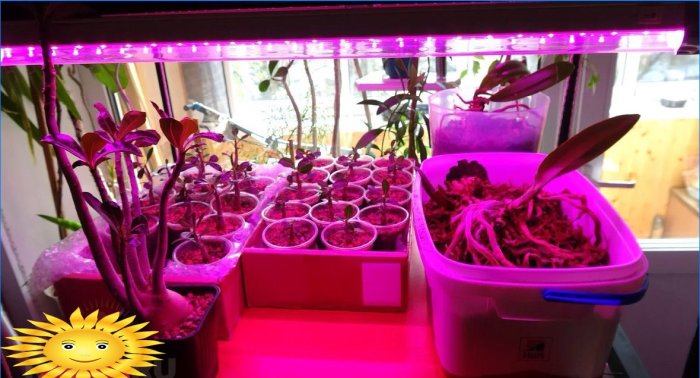

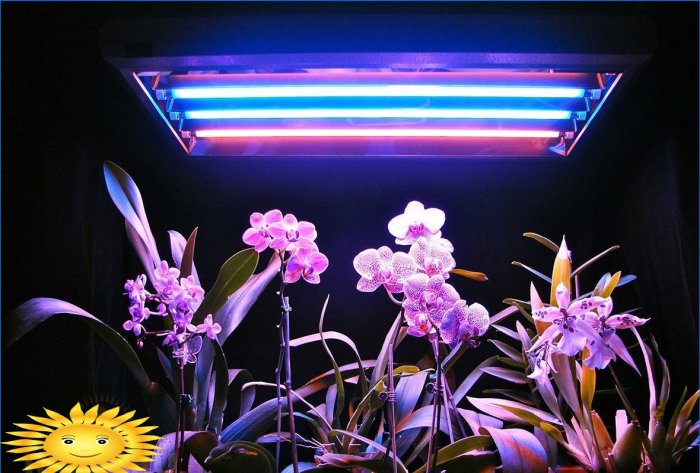
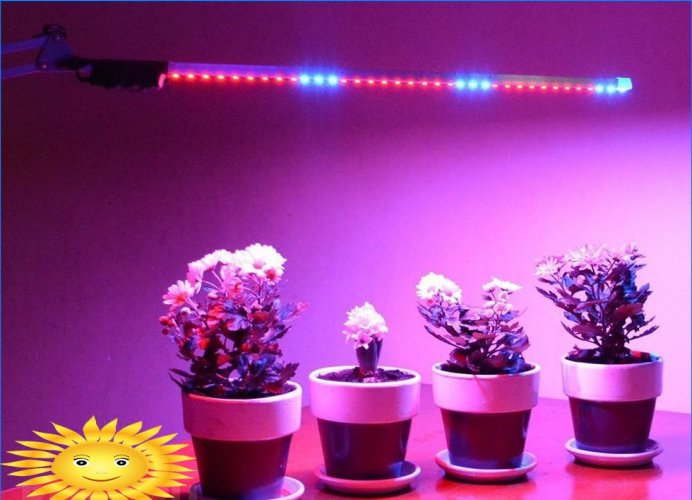
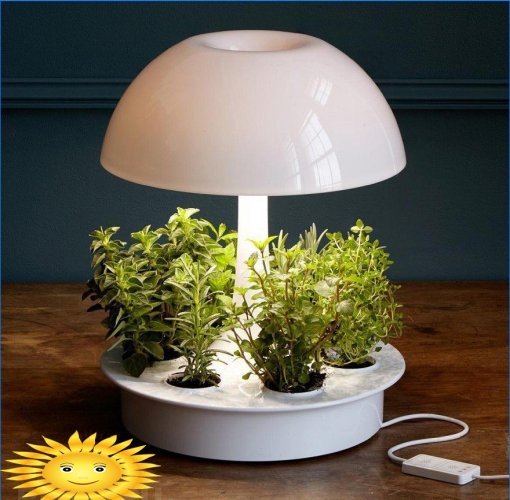
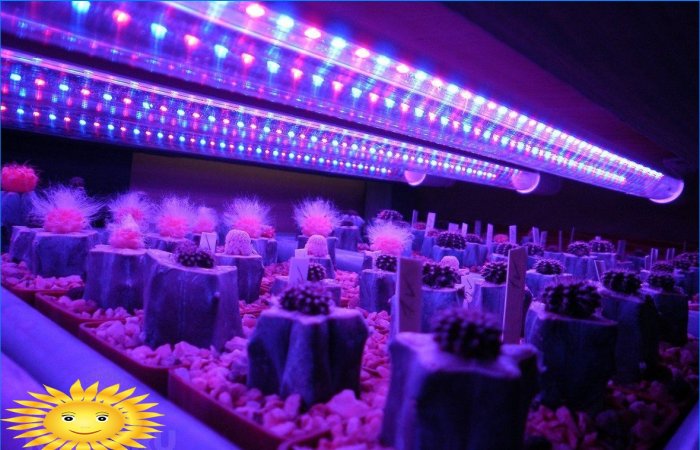
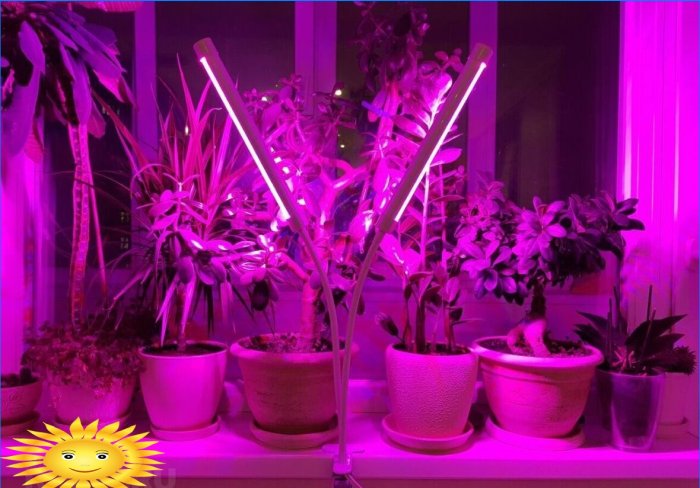
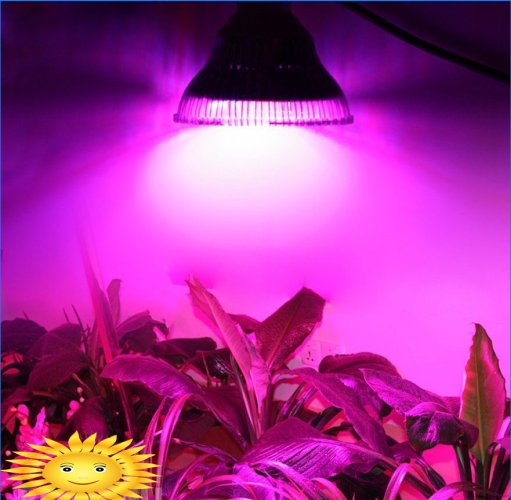
Are phytolamps the best lighting option for indoor plants and seedlings? How do they compare to natural sunlight in terms of promoting growth and ensuring healthy plant development? Is there a specific type of phytolamp that is recommended for different types of plants?
I’m new to indoor gardening and I’ve been seeing a lot about phytolamps. How do they work and are they really necessary for indoor plants and seedlings? Do they provide the same benefits as natural sunlight? Thanks for any insights!
Can anyone recommend the best type of phytolamp for indoor plants and seedlings? I’m struggling to find the right one and would appreciate any suggestions or advice. Thank you!
Are phytolamps really necessary for indoor plants and seedlings? Are there any alternative methods to provide sufficient light without using special grow lights?